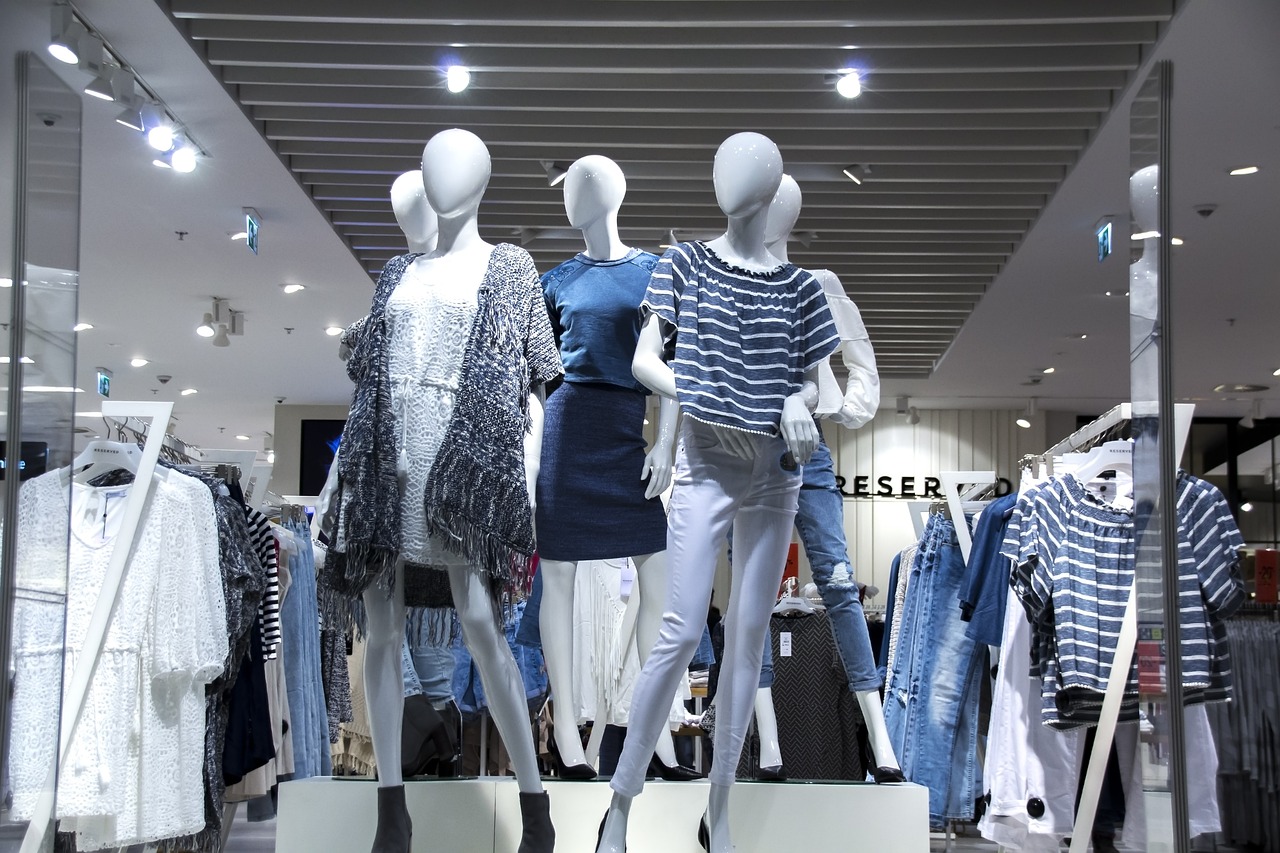Creating a successful retail space involves a careful balance between style and function. Retailers understand that store fixtures and big window design are crucial in creating an inviting and user-friendly shopping experience. But when it comes to choosing these essential elements, the age-old debate arises: should style or function take precedence?
The Allure of Aesthetics
Visual appeal is a crucial aspect of store fixtures as it can captivate customers from the moment they step through the door. Sleek displays, innovative big window design, eye-catching shelving units, and artfully designed checkout counters create a memorable and engaging atmosphere that reflects the brand’s identity. Customers are more likely to be drawn to a store that has a visually appealing display.
In addition to creating an inviting atmosphere, visually appealing store fixtures can also help build a brand’s identity. For example, a high-end fashion store can create an exclusive and luxurious feel with the help of high-quality materials and unique designs.
Prioritizing Functionality
While aesthetics are important, functionality should be noticed. Well-designed fixtures prioritizing ergonomics, efficient space utilization, and optimal product visibility can enhance the shopping experience and boost sales. Customers need to be able to navigate the store easily and find what they are looking for with ease.
Functionality is crucial in ensuring that customers are satisfied with their shopping experience. For instance, a grocery store that has well-designed shelving units can help customers locate products easily. A well-designed checkout counter can make the payment process seamless and hassle-free, providing a positive customer experience.
Striking the Right Chord
The true key to successful store fixtures lies in achieving a harmonious balance between style and function. By carefully considering both elements, retailers can create an environment that delights the senses and facilitates seamless product browsing and checkout processes.
Retailers need to assess their priorities and determine what fixtures are necessary and what can be eliminated. A balance between style and functionality can be achieved by selecting fixtures that serve a dual purpose. For instance, a visually appealing display shelf can also be used to store products efficiently.
Adaptability for Future Trends
As trends in retail design evolve, adaptability becomes a crucial factor in fixture selection. Modular and reconfigurable systems offer flexibility, allowing businesses to easily update their store layout and merchandising strategies to stay relevant and engaging.
Retailers must be up-to-date with the latest trends in retail design and adapt their store fixtures accordingly. For instance, a store that sells electronic gadgets can incorporate technology-based displays to showcase the latest products.
By carefully weighing the priorities of style and function, and finding the ideal equilibrium, retailers can create a captivating and functional retail space that resonates with their target audience, enhances the shopping experience, and ultimately drives sales and customer loyalty. In today’s competitive retail landscape, store fixtures are a crucial aspect of creating an inviting and user-friendly shopping experience.
By prioritizing both style and function, retailers can ensure that their store stands out from the competition and attract and retain loyal customers.

